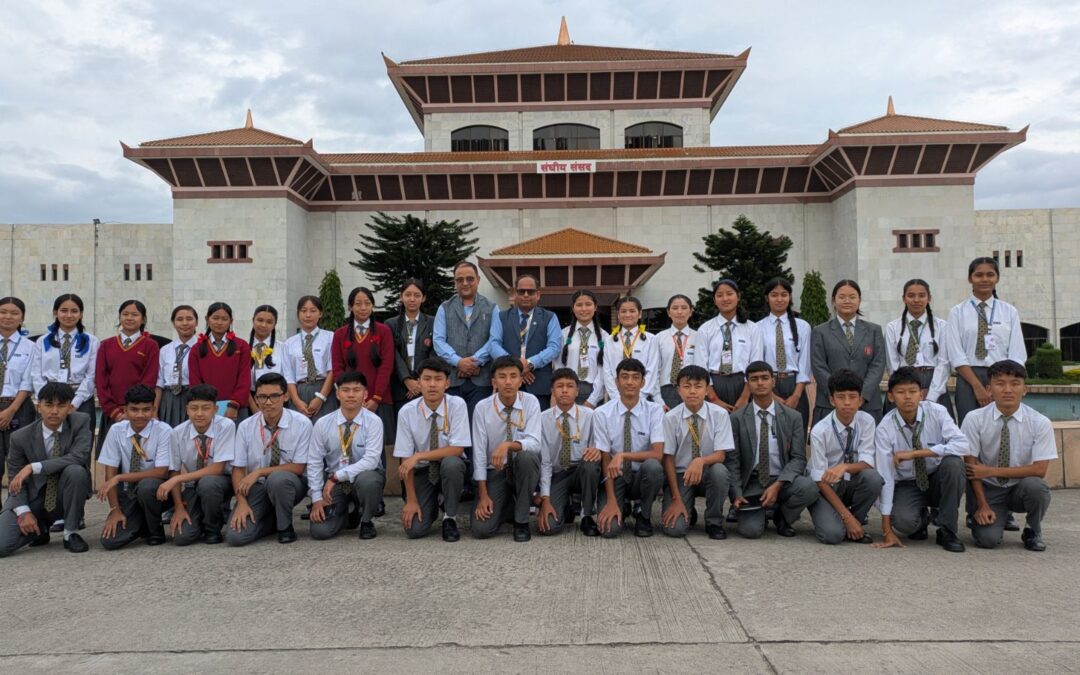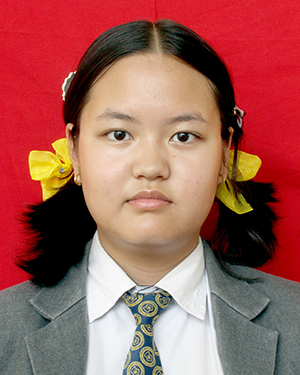On 2082/04/27, Tuesday, we, the students of Grade 10, were given a rare and golden opportunity to witness the legislative process of Nepal firsthand. Our visit was to the House of Representatives, situated in New Baneshwar, Kathmandu — the very place where the laws of our nation are debated, shaped, and passed. This experience was more than just a field trip; it was a chance to connect the knowledge from our textbooks with real-life practice, seeing democracy in action before our eyes.
As we entered the grand building, I could feel the weight of responsibility the place carried. The House of Representatives consists of a total of 275 members. Each member is given time to speak — sometimes just one minute, but for more significant matters, they can present for up to 15 minutes. Observing these discussions, I understood how each voice contributes to shaping the nation’s policies. It became clear that the legislative process is not just about making laws, but also about representing the voices, needs, and hopes of people from all parts of the country.
Our observation also deepened my understanding of the structure of the legislative system. The formation of the House of Representatives follows two systems: the First-Past-the-Post system and the Proportional Representation system. This ensures a balanced and inclusive representation of the people. The sessions are presided over by the Speaker and the Deputy Speaker, who ensure order and fairness in the proceedings. I was impressed by the discipline, procedure, and respect shown during the debates, even when opinions differed.
From my perspective, the legislative process in Nepal is genuinely fair and inclusive. The members represent all provinces, religions, races, and castes, ensuring that diversity in opinion is not only welcomed but also valued. This inclusiveness reflects the spirit of unity in diversity, a theme beautifully expressed in our national anthem:
“सयौं थुँगा फूलका हामी, एउटै माला नेपाली,
सर्वभौम भई फैलिएका, मेचि-माहाकाली”
These lines echoed in my mind as I saw representatives from all walks of life gathered in one hall, united by a common purpose — the progress of the nation.
This visit was part of our school’s Project-Based Learning (PBL) program, which aims to make learning practical and engaging. I am grateful to our school for arranging such an incredible opportunity. Visiting the House of Representatives allowed us to witness democracy functioning up close, something that very few students our age get to experience. It also taught me that democracy is not just about elections; it is about continuous dialogue, understanding, and collaboration among different voices.
Walking out of the legislative building that day, I felt inspired. I realized that the laws and policies we often read about in newspapers or hear in the news are not abstract ideas, but the result of thoughtful debate and decision-making. This experience not only strengthened my understanding of social studies but also deepened my appreciation for the democratic values of our country. It was truly a journey into the heart of Nepal’s democracy — one that I will carry with me for years to come.
Yancy Lama, Grade-10


